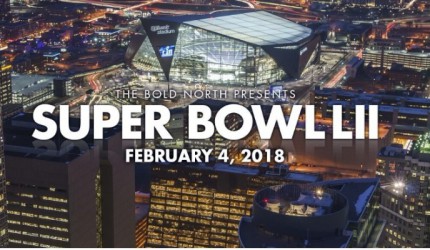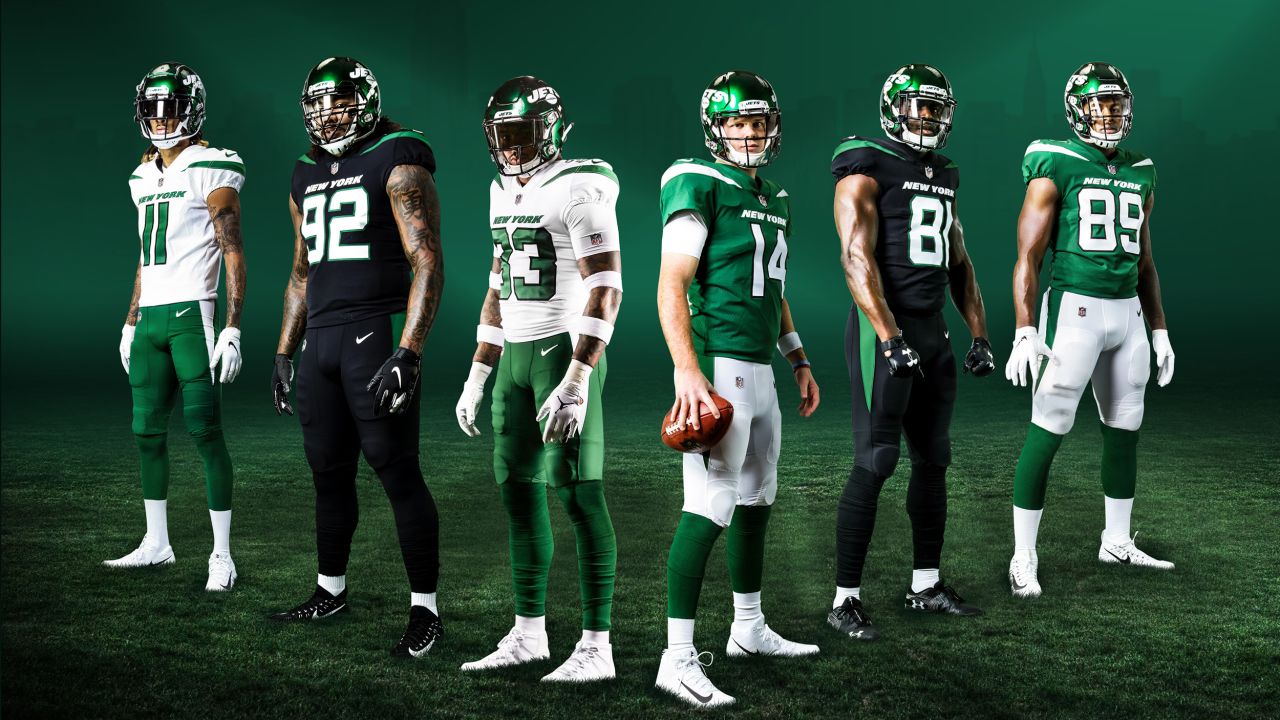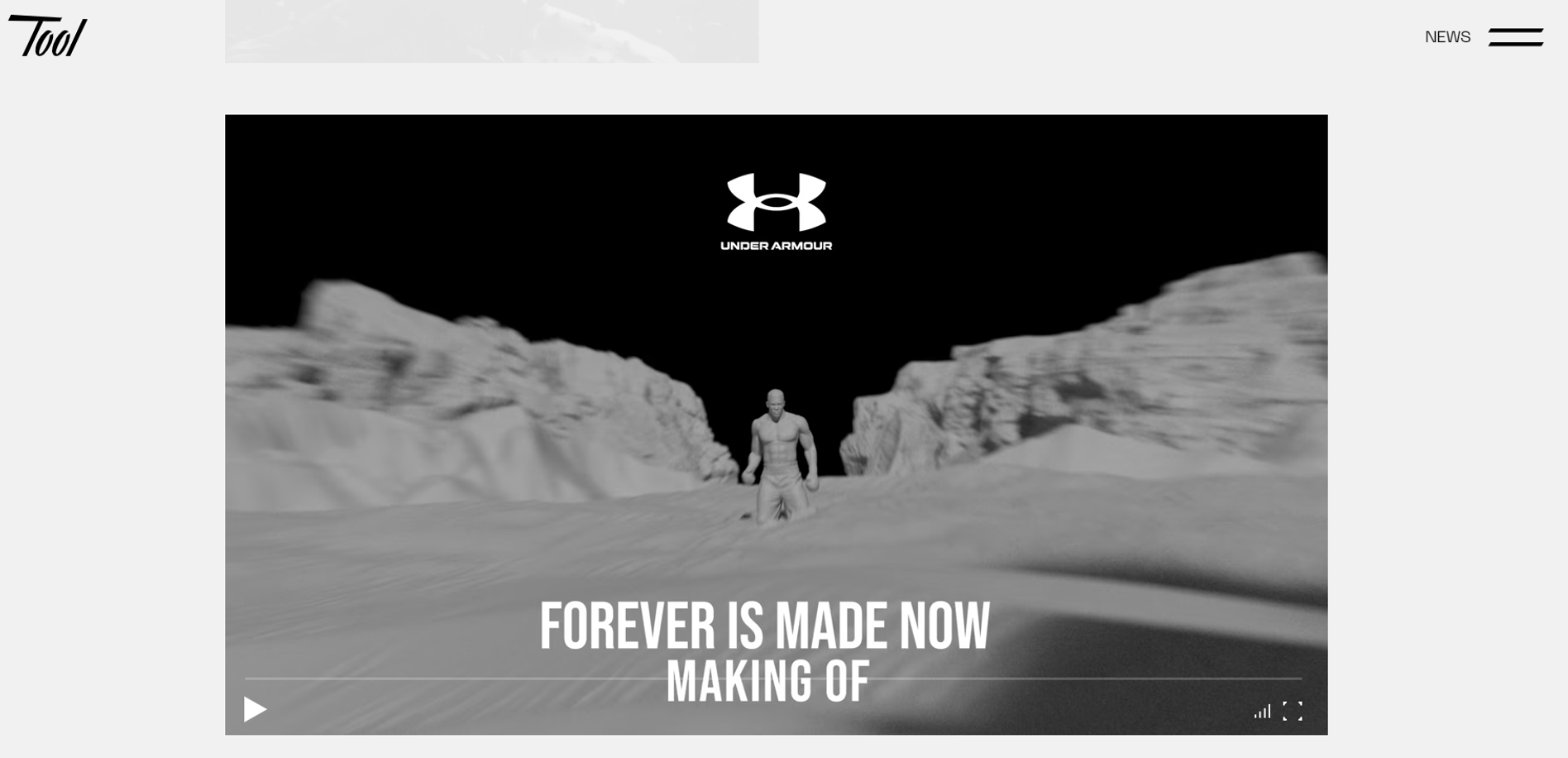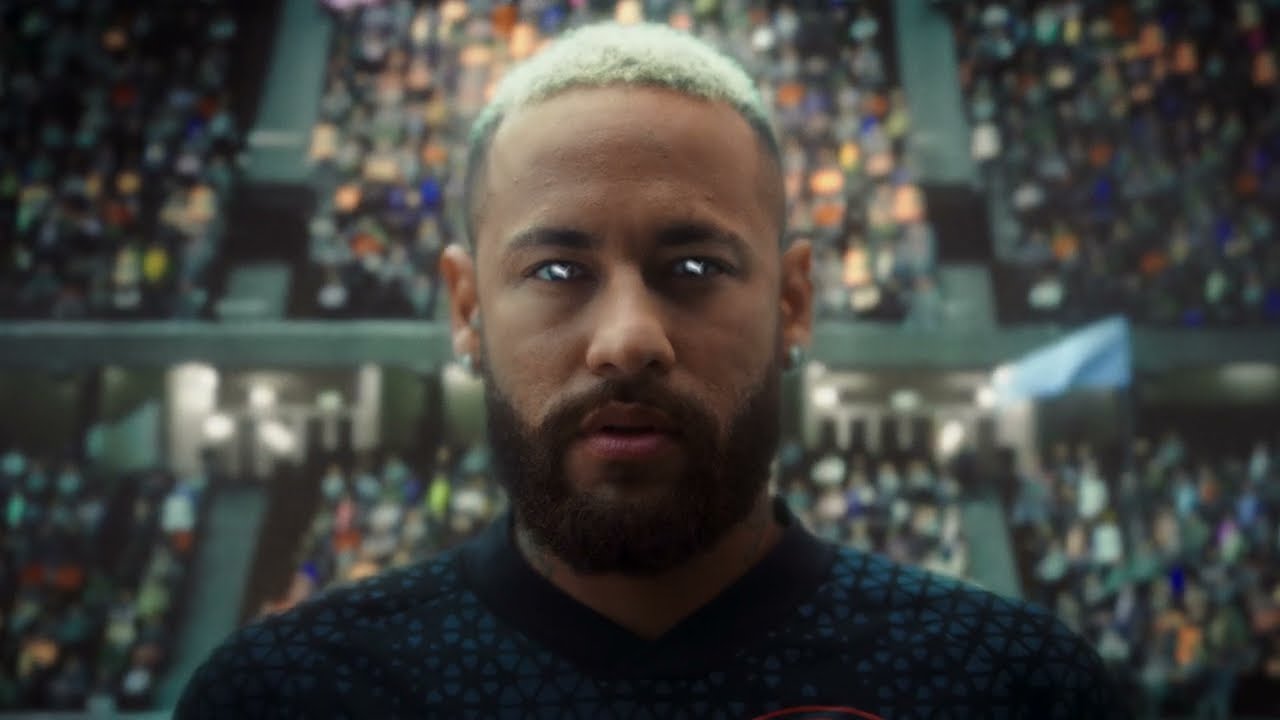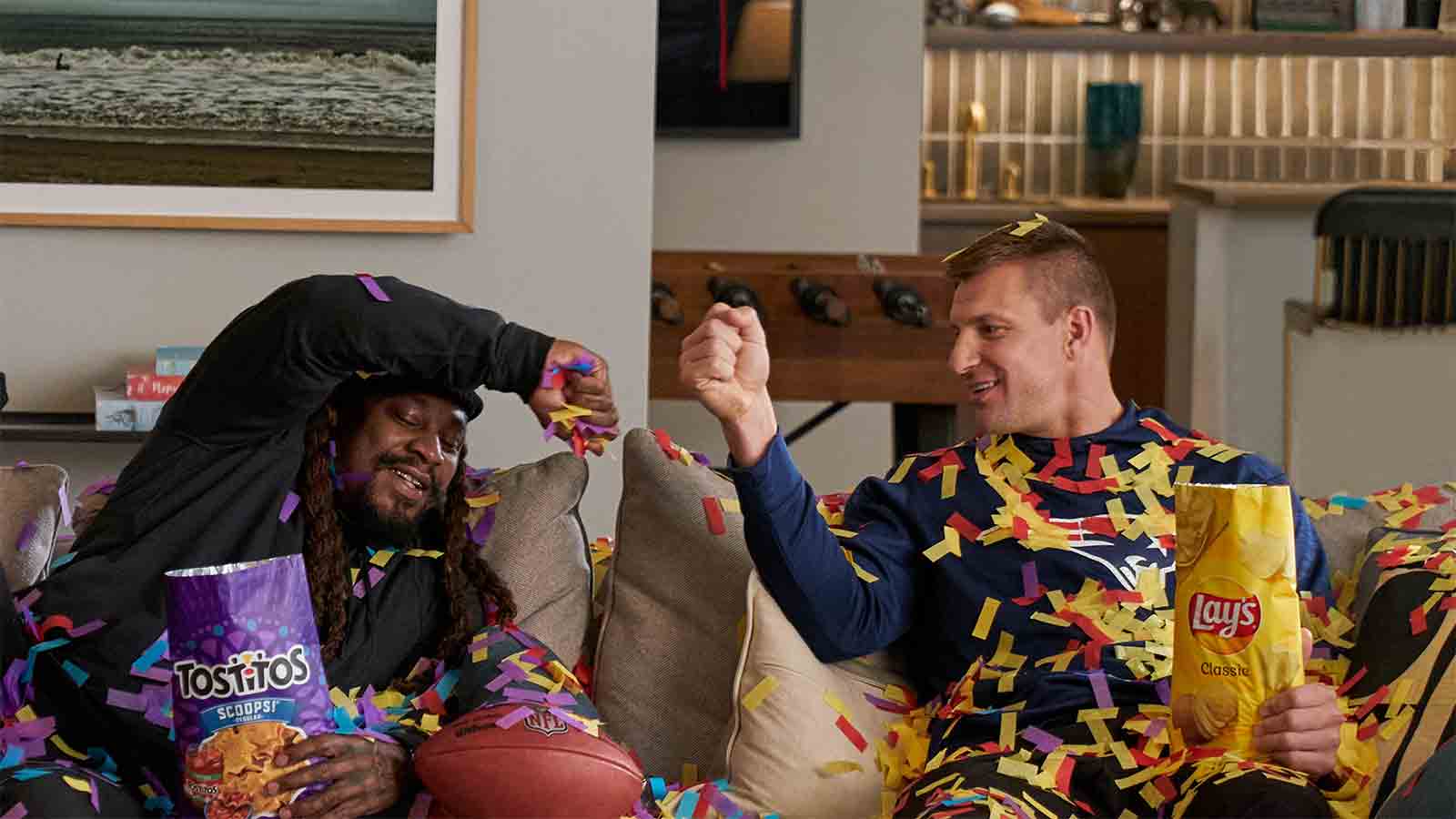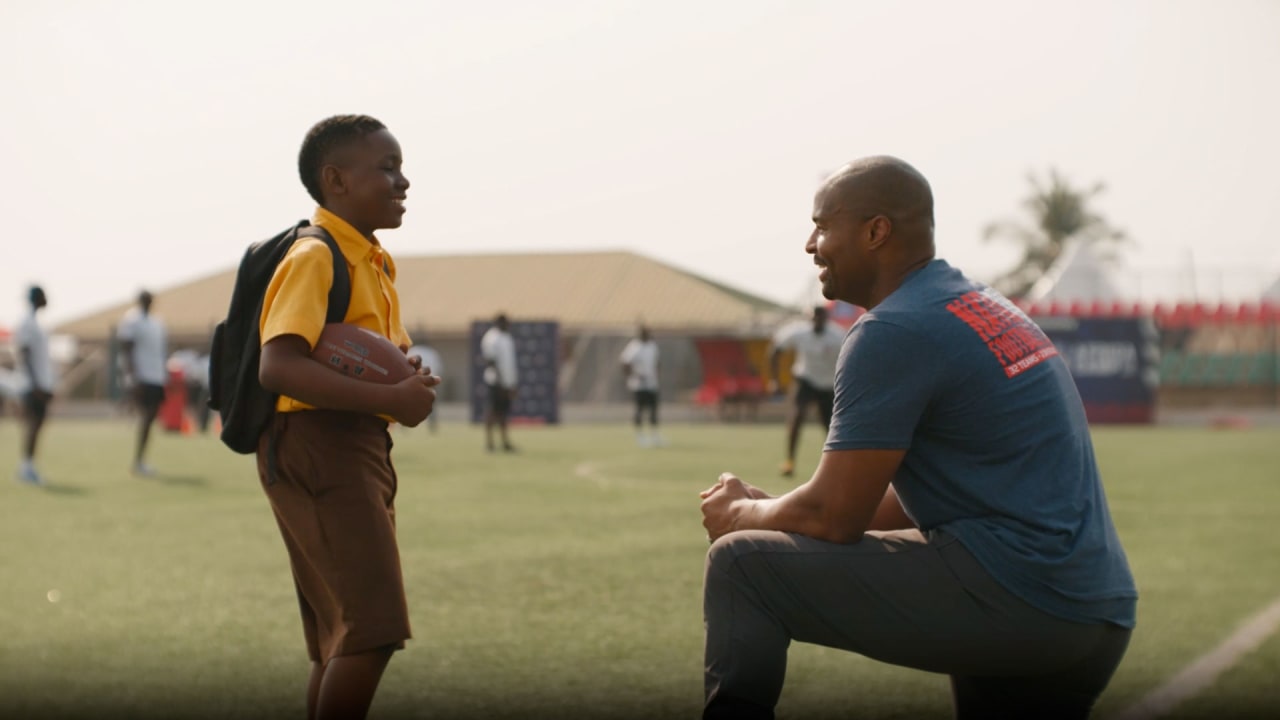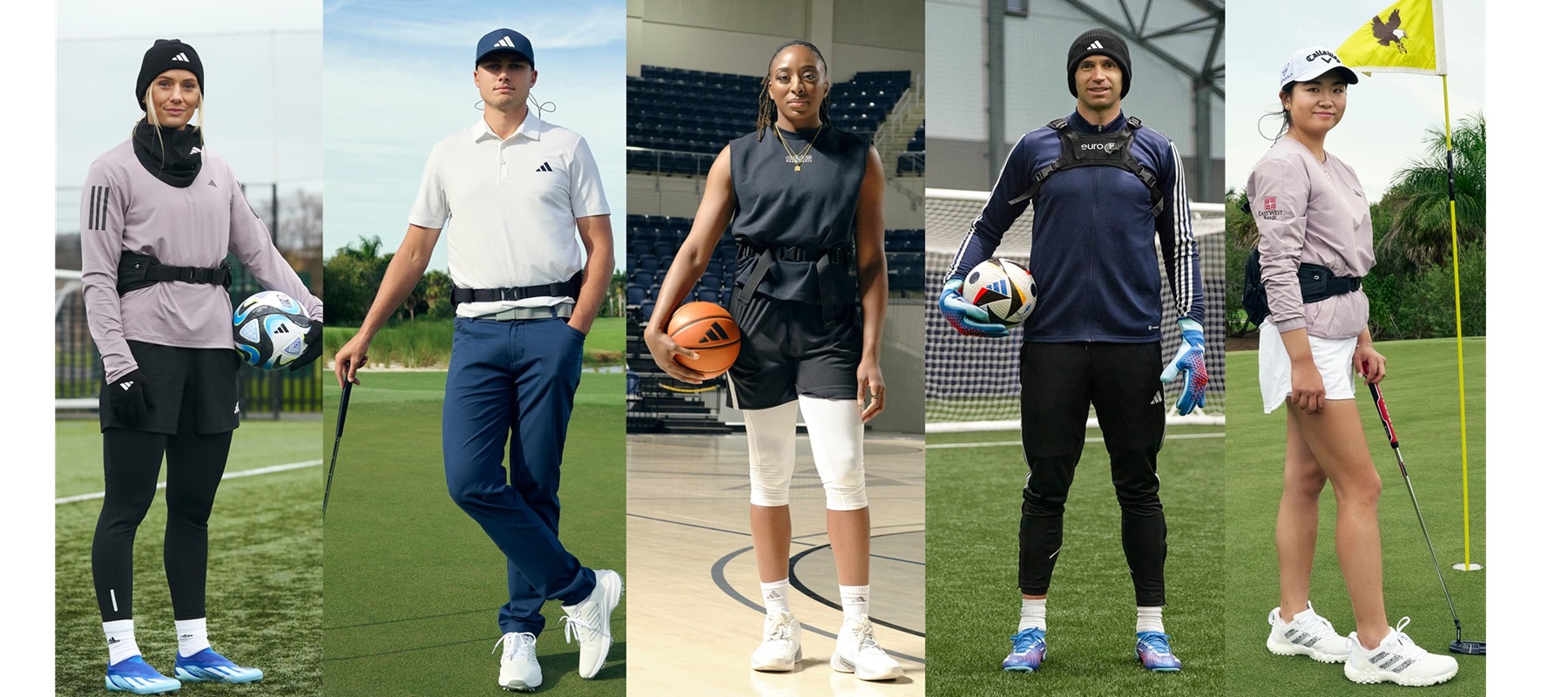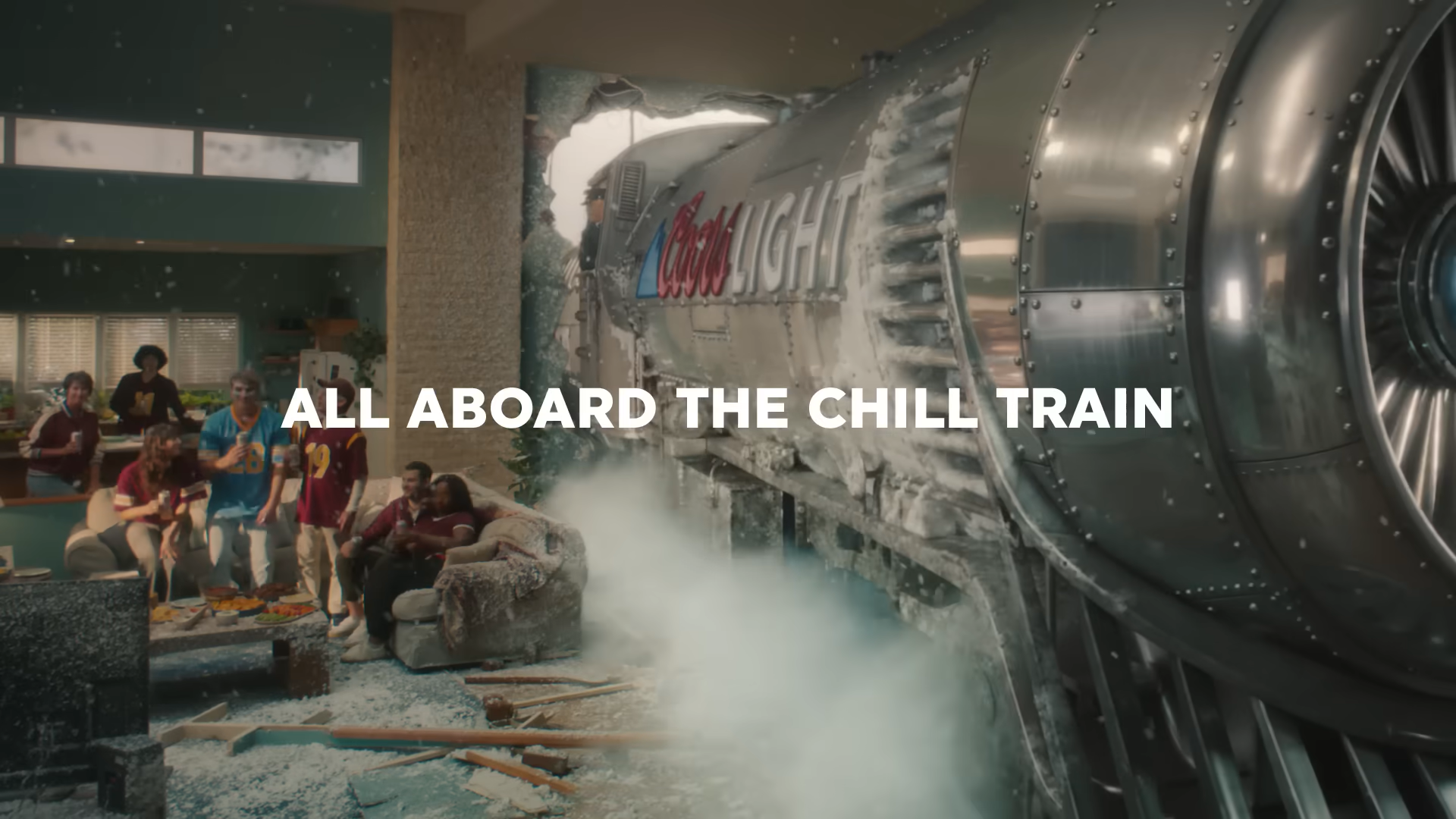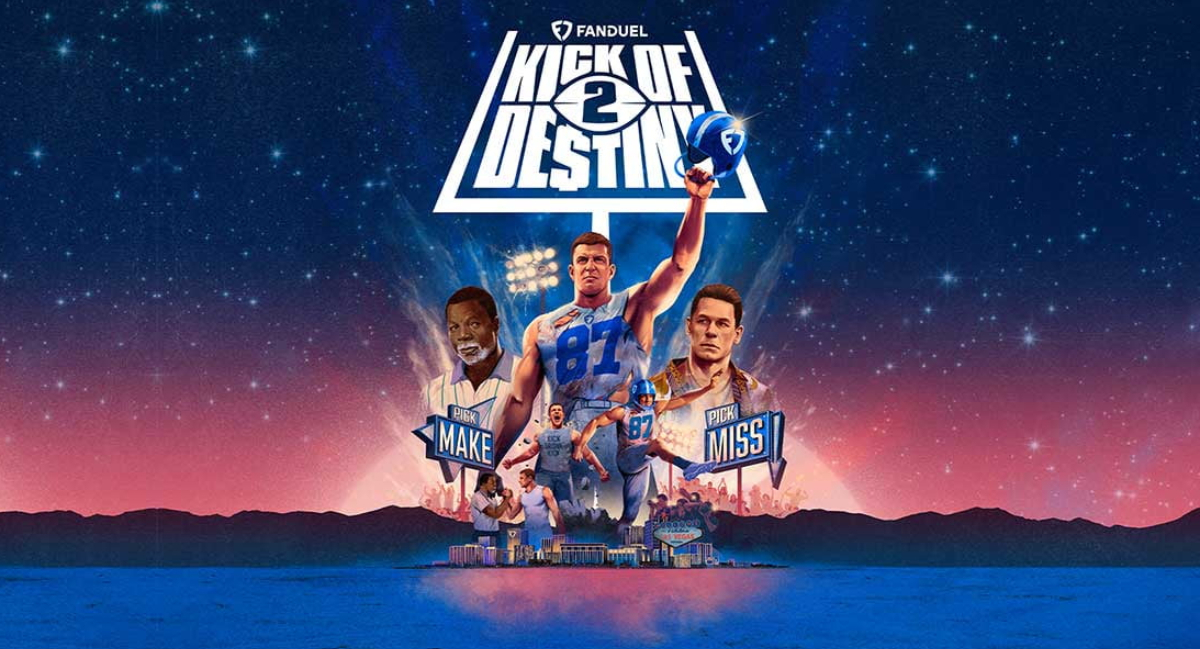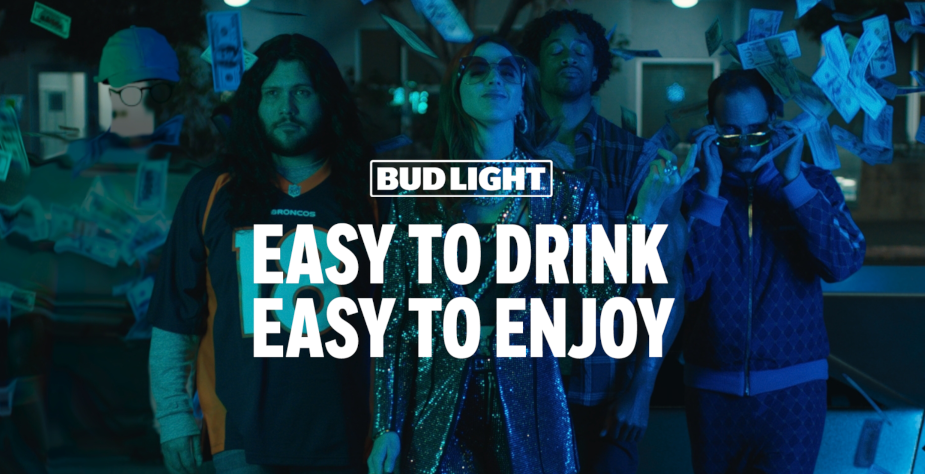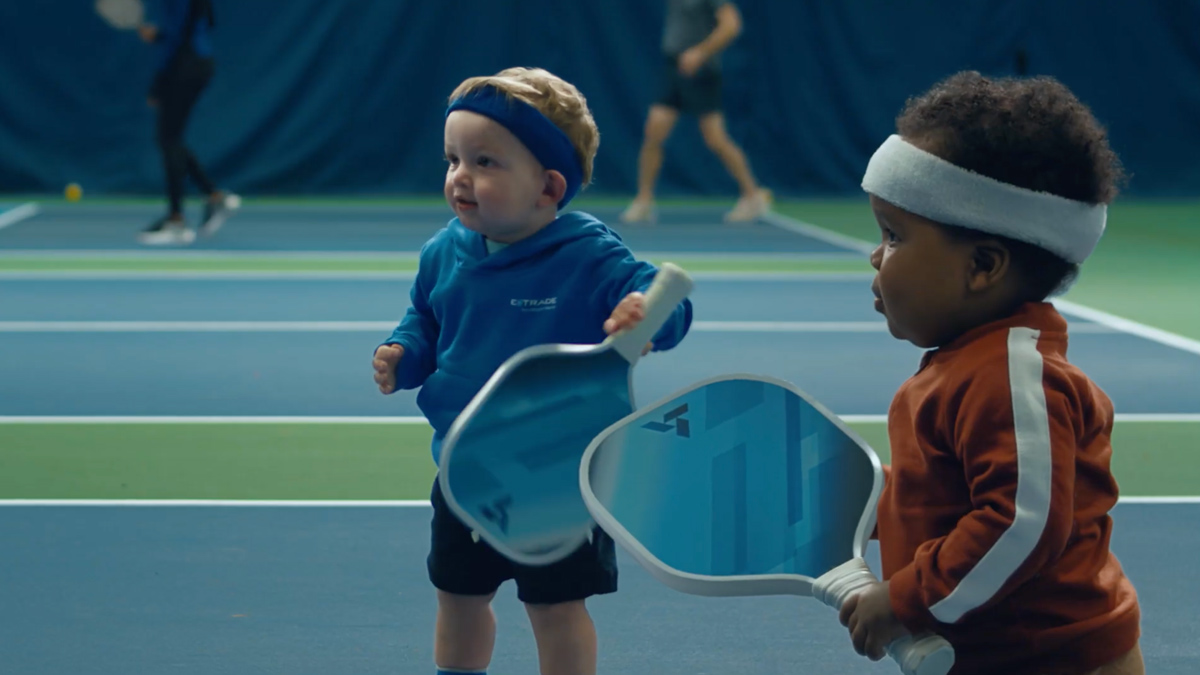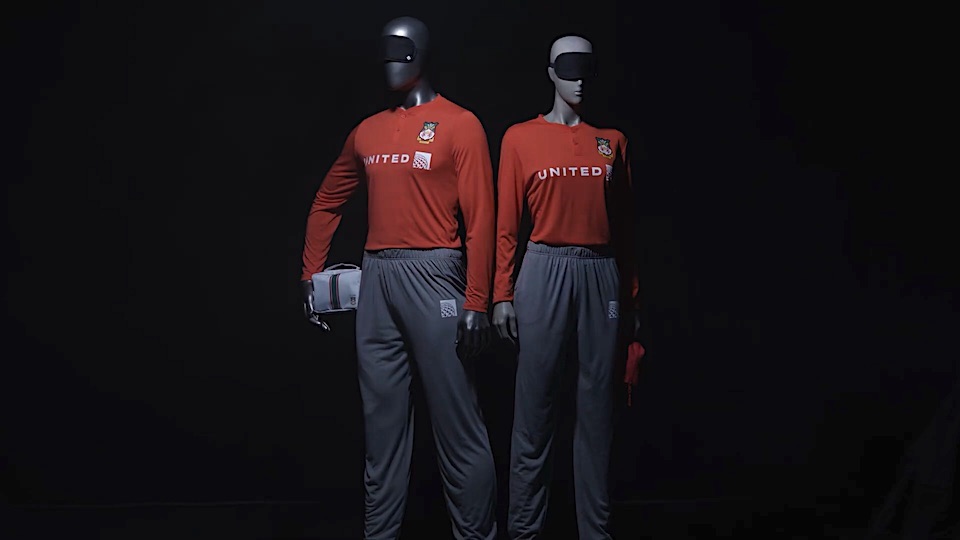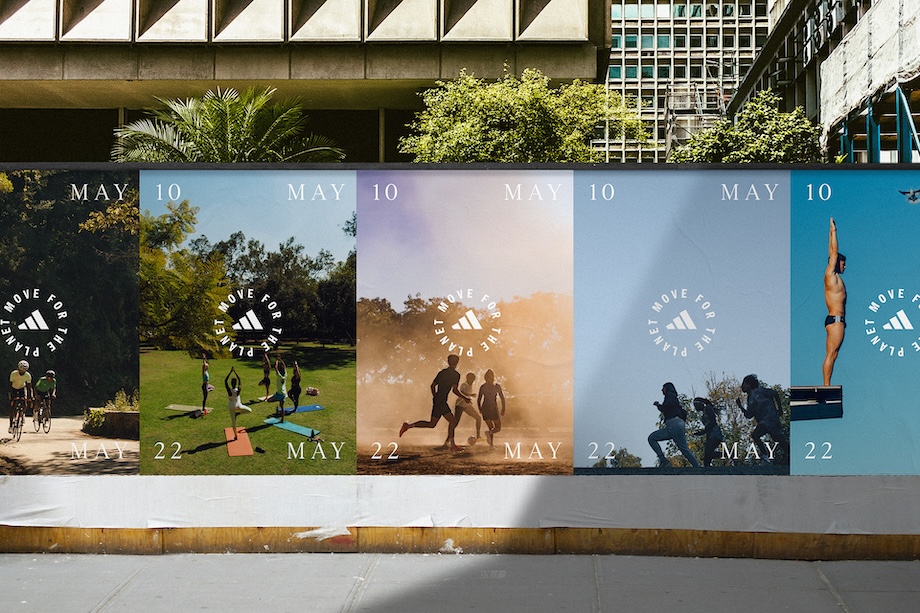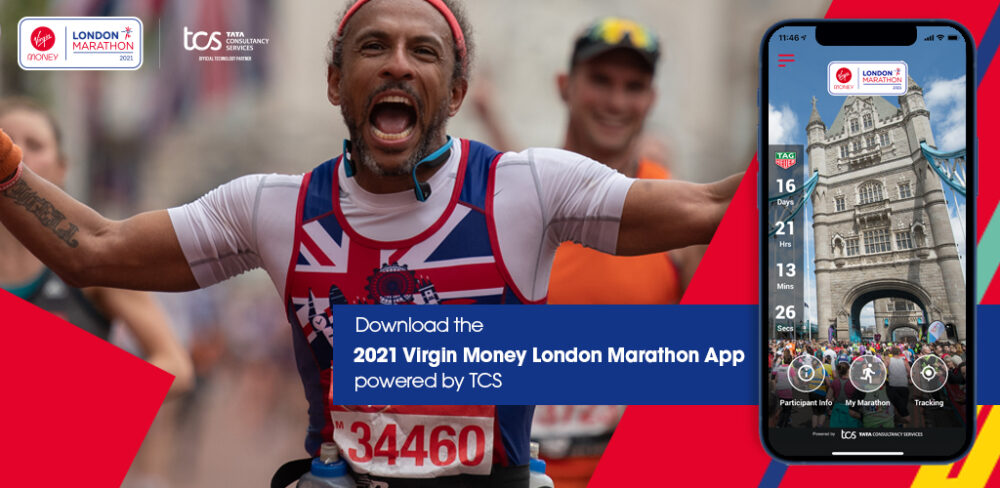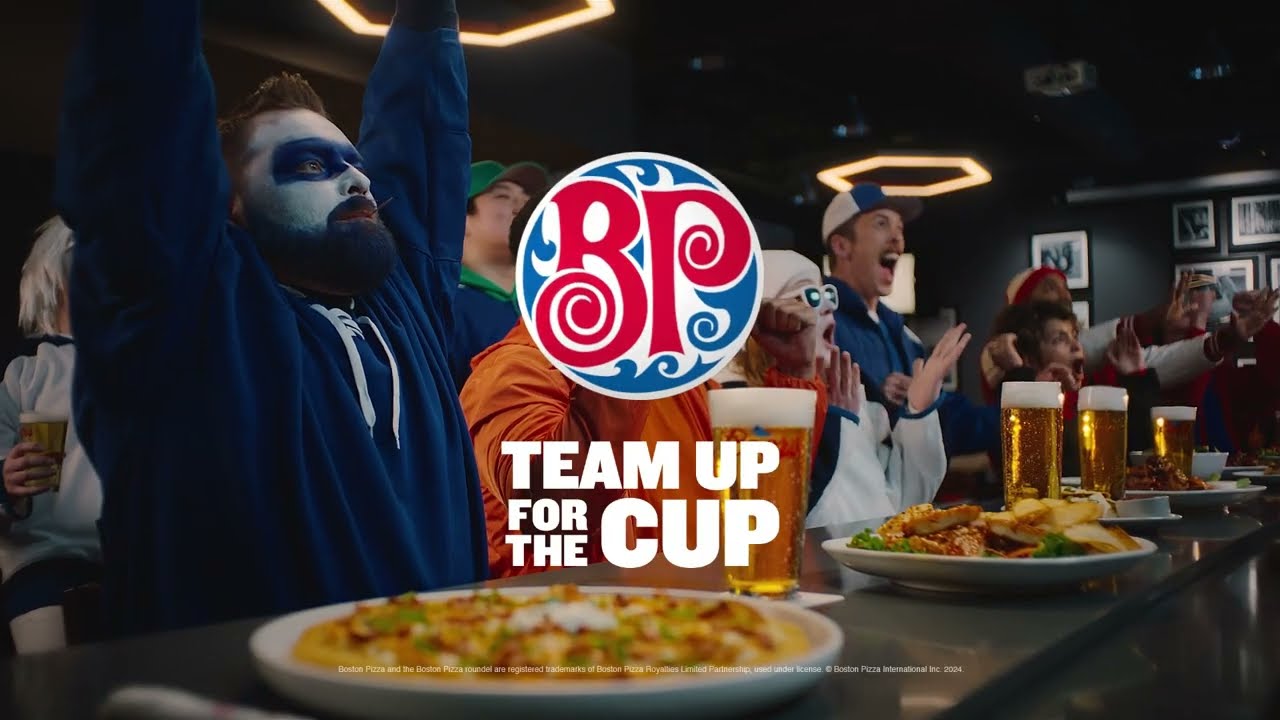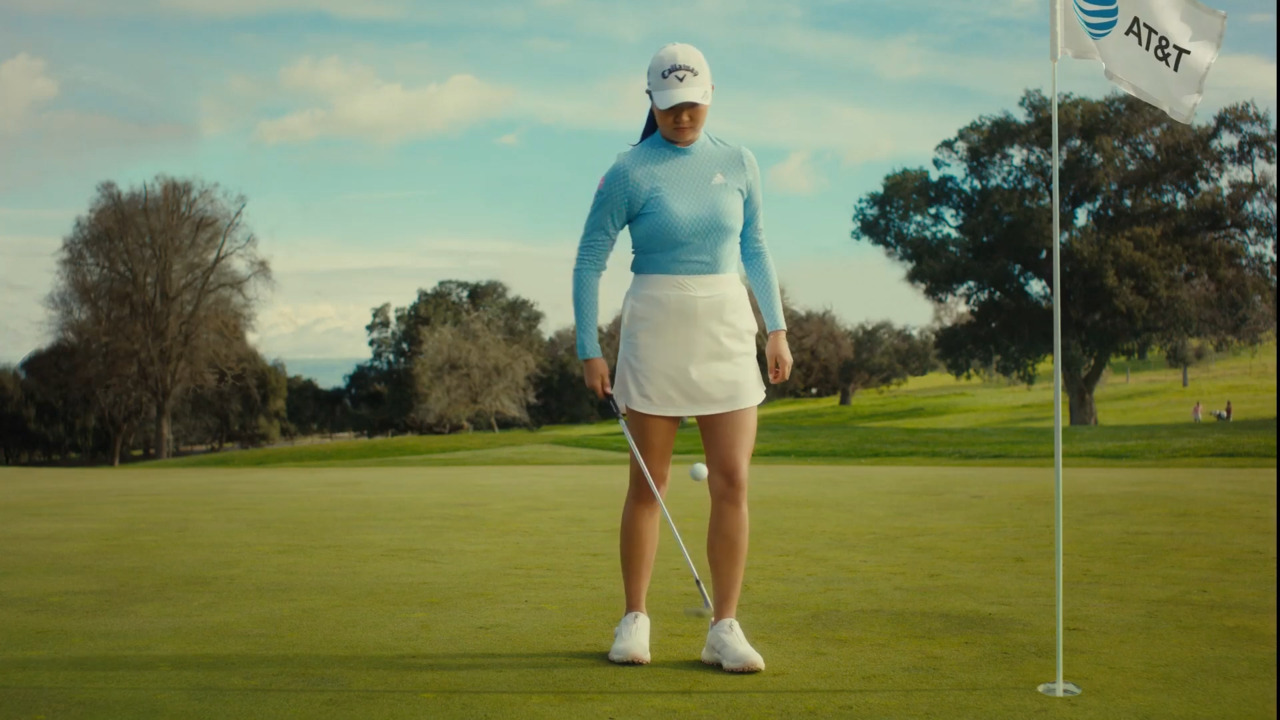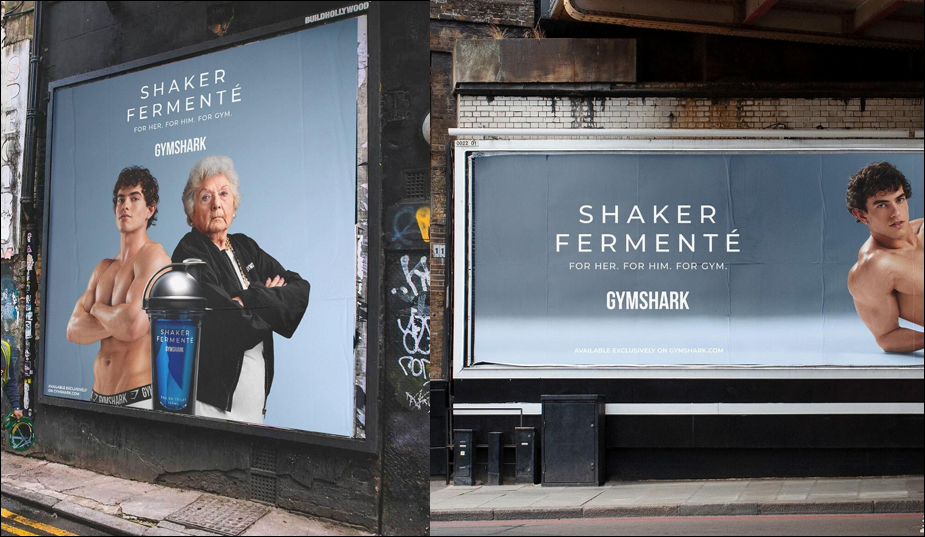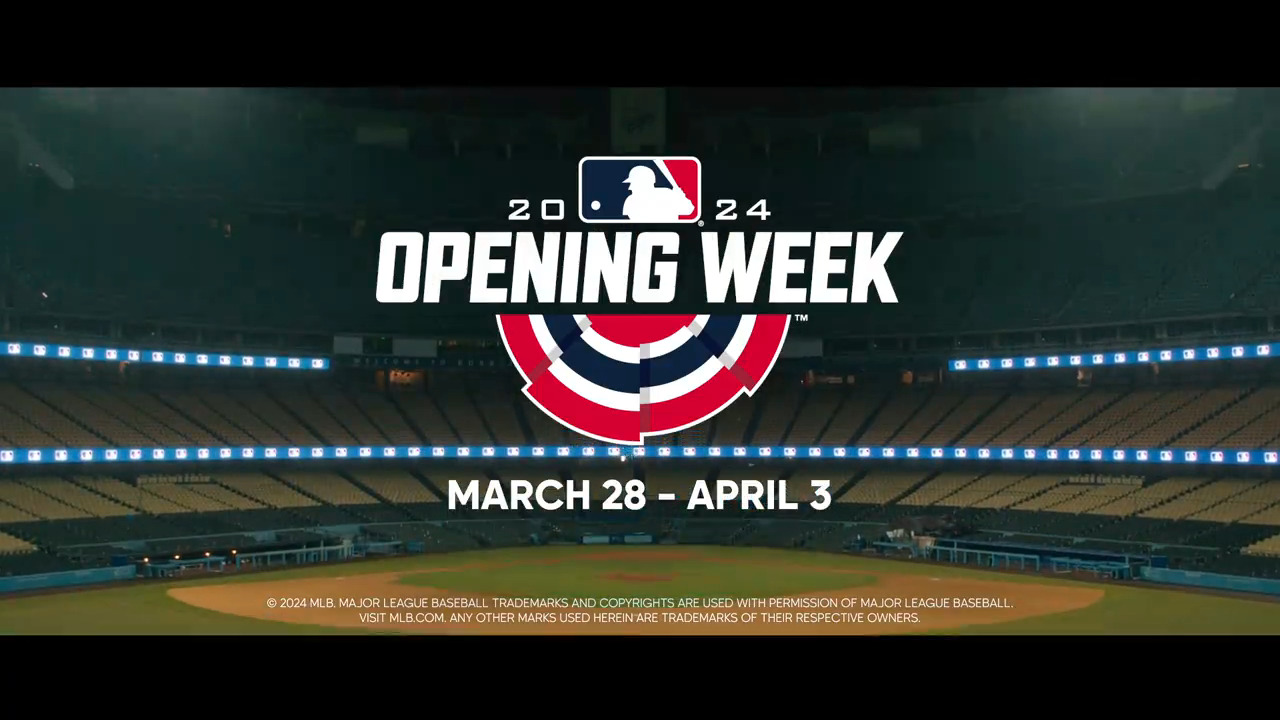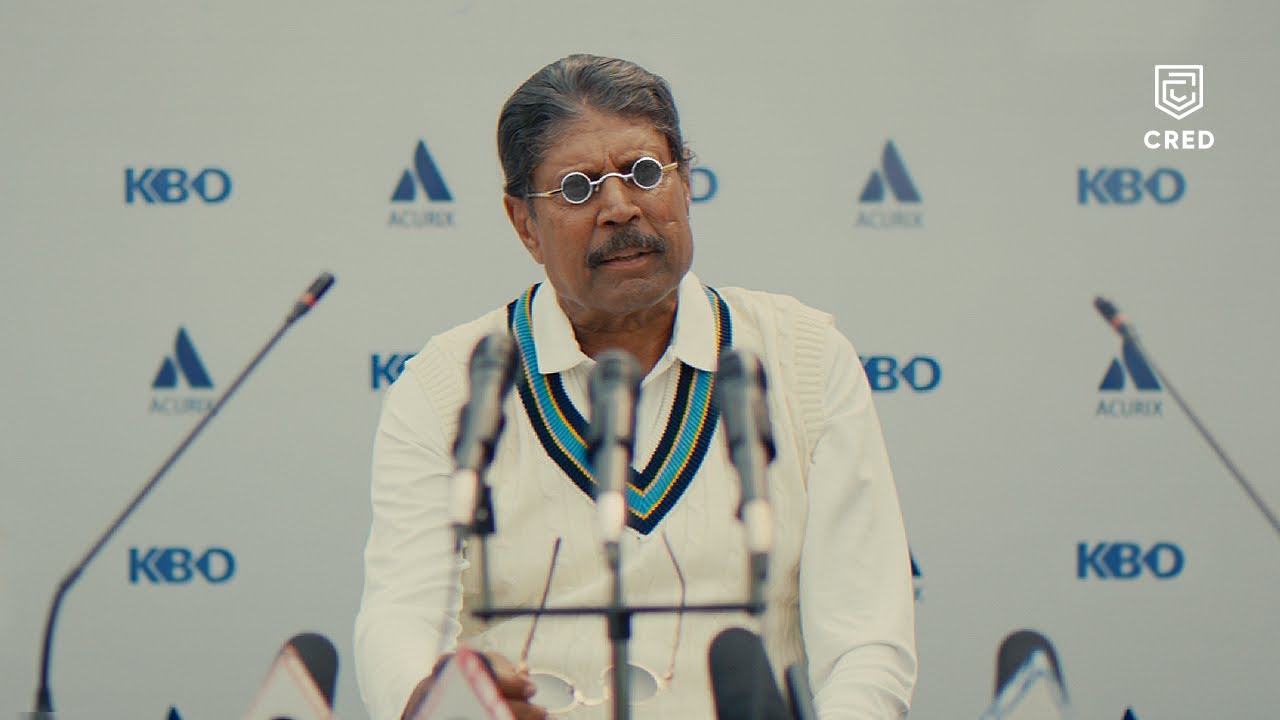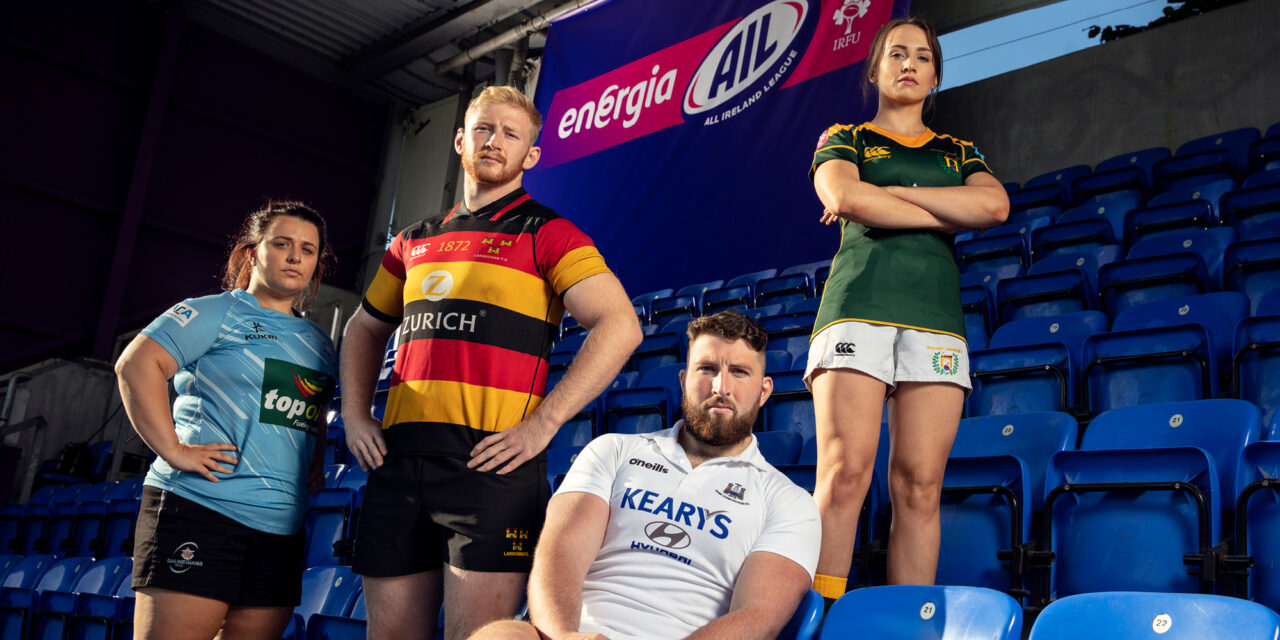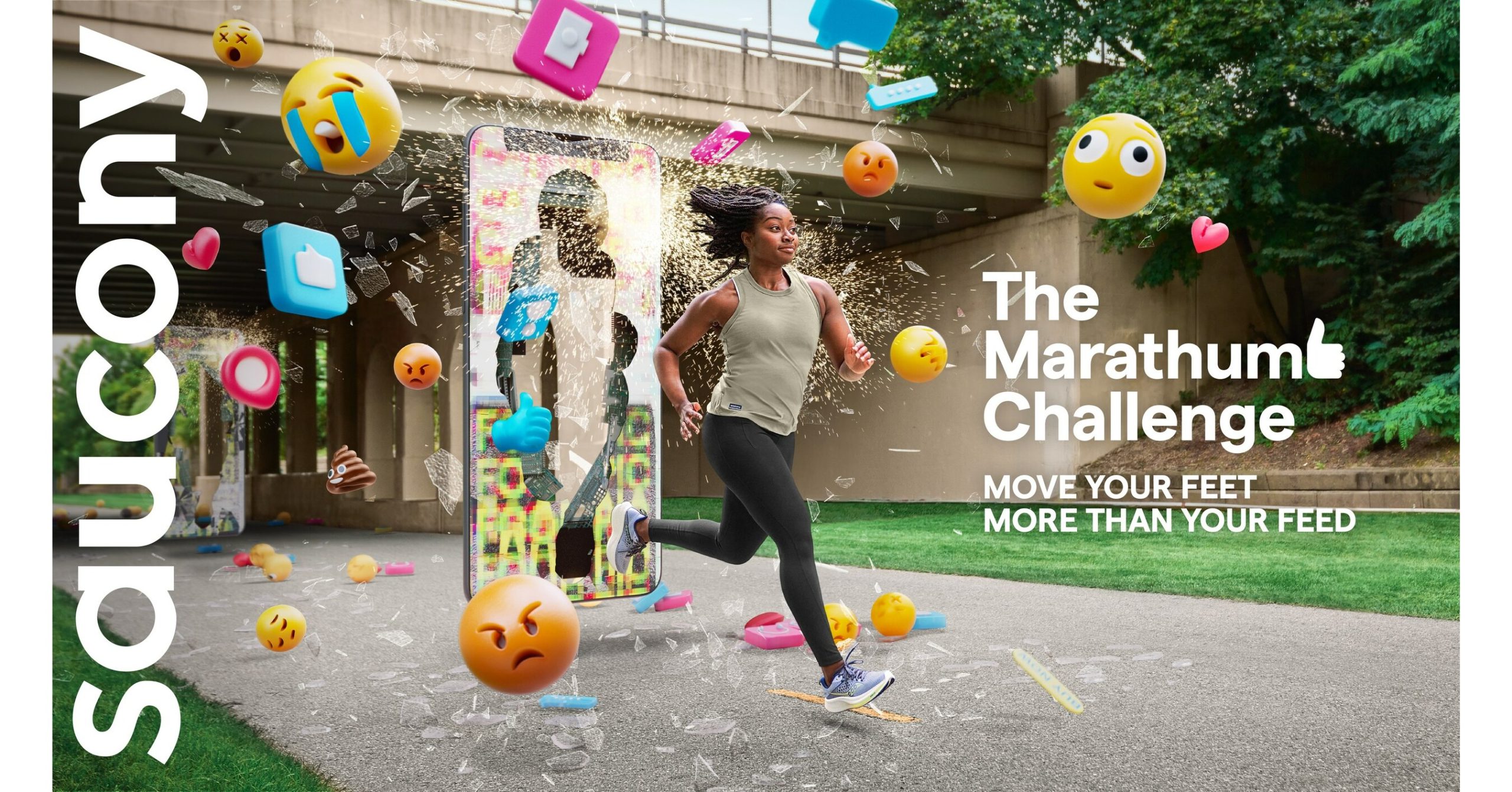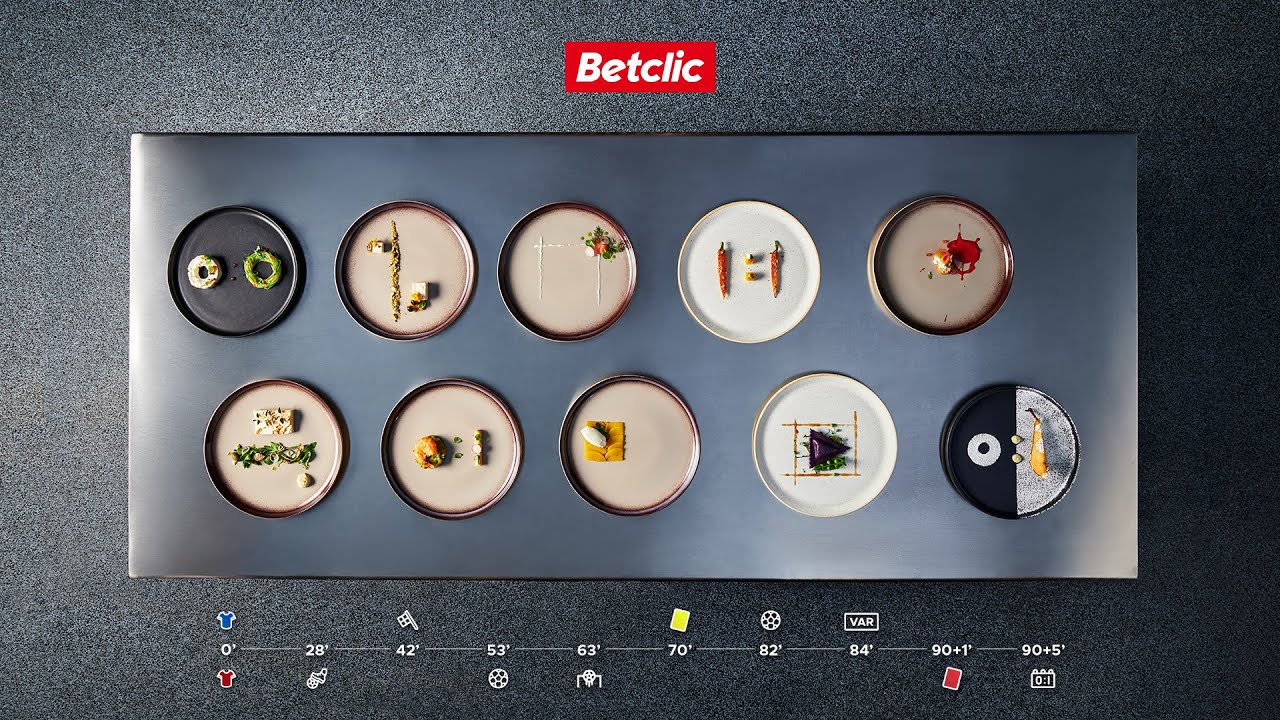Despite a 7% TV ratings slip, the Super Bowl’s 103m average audience was one of the top 10 most viewed broadcasts in US history and ensured the NFL’s Big Game remains by far the year’s most watched show and the biggest sport and entertainment marketing platform in the world’s largest ad market (and the average cost of a 2018 30-second spot on NBC edged a touch higher to $5.2m).
We summarise Super Bowl 52’s key marketing trends, standout strategies and best/worst ads.
Fewer Pre-Releases & More Multi-Spots
In recent years (since VW’s 2011 ‘The Force’), pre-releasing full Super Bowl spots has been the standard approach as brands leveraged the digital/social explosion to lengthen the pre-game timeline of their expensive Big Game commercials.
But this year there seems to have been a change of tactic.
Many big brands – from Amazon and Tide To T-Mobile and Fiat Chrysler – chose to hold back the full release until they debut in all their Big Game ad glory during the game itself.
Instead relying on pre-game teasers, trails and cuts.
If the intention was simply to stand out by holding back the full spot – generating buzz by being different – then the plan backfires if so many rivals adapt the same approach.
Perhaps it’s all about bringing back the Super Bowl spot ‘surprise’ factor’, or are we seeing a return to the big day reveal, blockbuster event approach to advertising?
Another notable trend from 2018’s Big Game commercials is the ‘multiple spot buy.
This may seem surprising given the $5.2m price tag for 30s-econds of airtime, but brands like Michelob and Toyota (and particularly parent companies such as AB-InBev and Fiat Chrysler) bought multiple spots during the game.
Does viewer multi-tasking and dual-screening mean the ‘rote repetition’ strategy more important than ever?
Are the goliaths of the industry making the most of their big budgets on the biggest TV viewing day off the year to leverage their advantage over smaller companies and start-ups who are increasingly competing on a level playing field in the digital and social space?
Or are ad buyers simply getting a better deal per second by buying in bulk?
Secrets Of Silly Spot Success
When it comes to ‘silly’ Super Bowl spots, it seems that the secret to (this year’s) success was to ensure that they featured smart acting/pacing, gags with a fresh twist and that they were spearheaded by self-deprecating celebrities.
According to the general public, the industry experts or the online data, four of the Top Five best commercials in Super Bowl 52 were funny ads featuring famous stars sending themselves up and/or being humorously self critical.
USA Today’s annual Super Bowl Ad Meter, which asks online volunteers to rate ads on a score of 1 to 10, was topped by Amazon’s ‘Alexa Loses Her Voice’ (starring Jeff Bezos alongside a star-studded celebrity line up that included Anthony Hopkins, Rebel Wilson,Cardi B and Gordon Ramsey).
Second place went to the NFL’s own ‘Touchdown Celebrations’ spoof spot (starring New York Giants’ stars Eli Manning and Odell Beckham Jr),
while in fourth spot was PepsiCo’s ‘Doritos Blaze vs Mountain Dew Ice’ rap battle (between Peter Dinklage and Morgan Freeman).
While Ad Week’s Top 5 spots list was led by Tide’s ‘This Is A Tide Ad’ (fronted by David Harbour of Netflix hit Stranger Things),
followed respectively Amazon’s Alexa, Doritos/Mountain Dew, Chris Hemsworth and Danny McBride’s new ‘Crocodile Dundee’ movie spoof for Tourism Australia
and the NFL touchdown celebrations ad.
Plus, according to online analytics outfit Talkwalker, online Big Game ad chatter was topped by the Tide spot, closely followed by the Doritos/Mountain Dew commercial.
Is the era of the ‘quirky, catchy and daft’ silly Super Bowl spot (as illustrated this year by Bud Light’s ‘Dilly Dally’ series) finally over?
Values Messaging Evolves Into Pragmatic Purpose
We live in divided times and the landscape remains heavily politicised as illustrated by the number of cause commercials in Super Bowl 52.
But while last year’s dominant trend was for loud messages championing brand values – from pro-immigration ads from 84 & Lumber and Budweiser, to spots championing equality (Audi) and inclusivity (Airbnb) – this year saw a more practically approach as instead of just messages brands pro-actively invited viewers to actually participate in their causes campaigns.
Leading the way with this ‘active altruism’ approach was AB-InBev which adopted this approach in two of its Big Game spots: Stella Artois worked with Matt Damon with a call-to-action ad for consumers to join the ‘Stella Artois & Water.org’ partnership programme,
while Budweiser’s flagship ‘Stand By You’ commercial was a support spot for its disaster relief programme.
Official NFL automotive partner Hyundai aired an ambitious, in-stadium ‘low latency’ cancer donation campaign called ‘Hope Detector’.
While, in what felt a little like a big message values ad from last year’s Big Game, Toyota brought world religions together in a unity message commercial called ‘One Team’.
While Super Bowl 52 also saw a return of the cola ad wars with rivals Pepsi (the official NFL soft drink) and Coca-Cola both running Big Game ‘unity for everyone’ commercials: the former’s ‘Generations – This Is The Pepsi‘ ad
and the latter’s ‘The Wonder Of Us’ spot both revolved around the same diversity/inclusion/for every generation message.
AR Fuels Distractive Disruption
Augmented Reality has been an experimental, leading-edge sports marketing approach for the last year and it finally broke through at Super Bowl 52 – albeit in the form of ‘distractive disruption’.
In 2016, Microsoft’s ‘Hololens’ spot gave us a glimpse of the future, but in 2018 several brands – both sponsors and ambushers – ran AR initiatives leveraging the Big Game.
While users who bought match tickets on the NFL’s official digital ticket partner StubHub were able to experience their seats ahead of time in 3D using a ‘Virtual Stadium AR App’ and Virtix Arena’s new ‘AR Gaming App’ offers users football-themed games adjusted to fit the perspective from each ticketholder’s in-stadium seating position, the best AR work came from ambushers aiming to distract fans from watching the official Big Game commercials.
Initiatives such as Mercedes-Benz’s ‘Last Fan Standing’
and Ally’s ‘Big Save’ used AR games to incentivise parallel participation in rival disruptive marketing initiatives during the ad breaks.
Even local businesses jumped on the AR trend: for example, local Minneapolis brewery Finnegans created a ‘Big Game TV Takeover’ app.
A non AR approach to the distract and disrupt strategy saw Skittles show its ‘Facebook-only Super Bowl Ad’ to just one teenager.
Fiat Chrysler Go Big, But Suffer Social Backlash
Auto giant Fiat Chrysler decided upon a huge five ad, 240-second Super Bowl blitz – equaling AB-InBev as the game’s biggest ad buyer – but, post-game, it probably wishes it had only invested in four spots after a serious social media backlash against its use of a Martin Luther King Jr speech in its RAM Trucks commercial.
While it employed five agencies and a range of creative approaches across its five brand, five spot avalanche – which included a Jeep spot echoing a classic ‘Jurassic Park’ scene and featuring Queen’s ‘We Will Rock You’ in a Viking-led RAM ad – it was the ‘MLK Built To Serve’ commercial that generated critical social media heat as viewers accused the automaker of appropriating the civil rights leader’s words for commercial gain.

